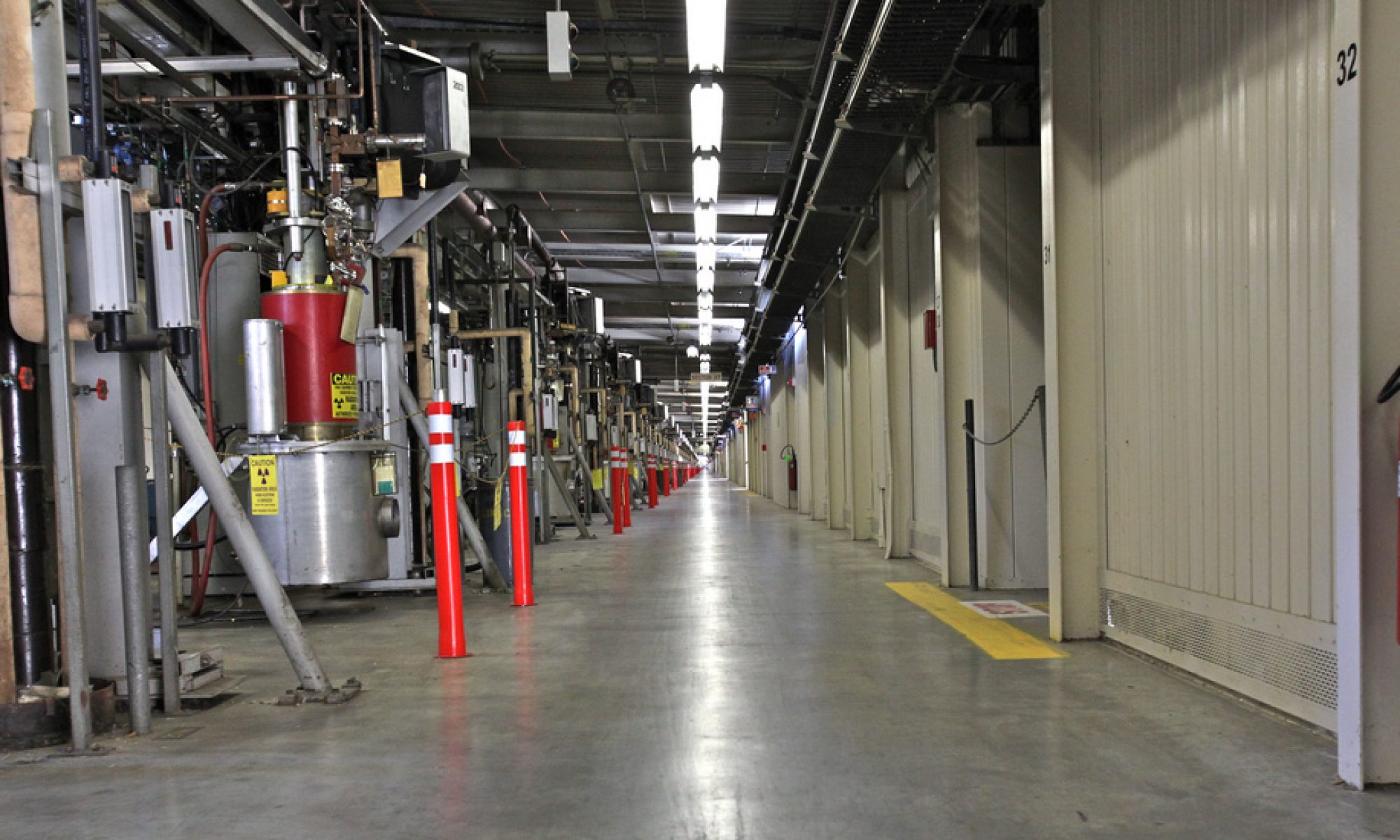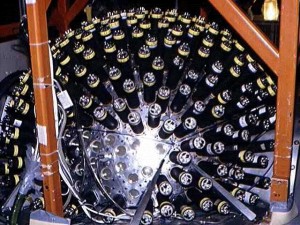Whenever a B-factory researcher reconstructs a B meson and wants to model its energy-substituted mass, the go-to function is the so-called “Crystal Ball” function [1]. This function combined a Gaussian for the peak and a power-law for a non-Gaussian, low-side tail. Many younger physicists don’t know that this function takes its proper name from the Crystal Ball collaboration, a group of physicists which originally operated the Crystal Ball multi-photon spectrometer at SLAC.
In the spirit of answering the question, “what happens to old particle detectors”, I wanted to note that a collaboration in Germany has recently reported results on eta -> 3pi0 using the Crystal Ball detector [2]. Makes you wonder: what will parts of our current detectors be doing in 20 years?
[1] http://en.wikipedia.org/wiki/Crystal_Ball_function
[2] http://arxiv.org/abs/0812.1999


